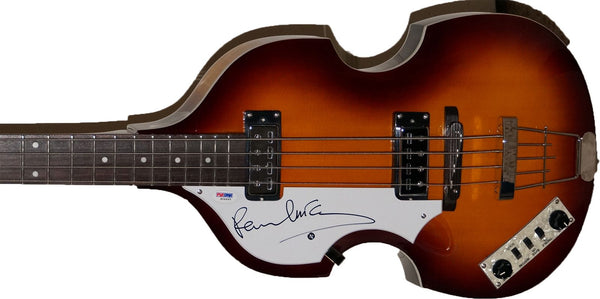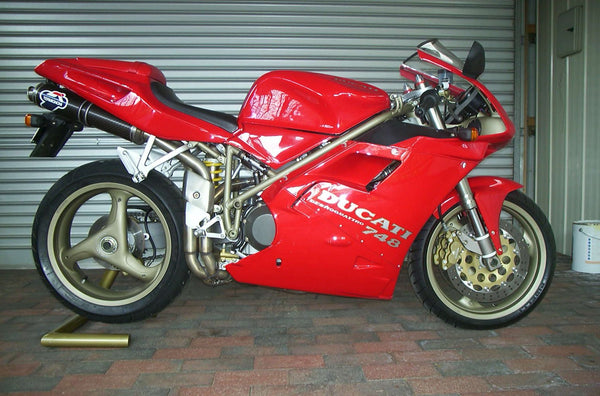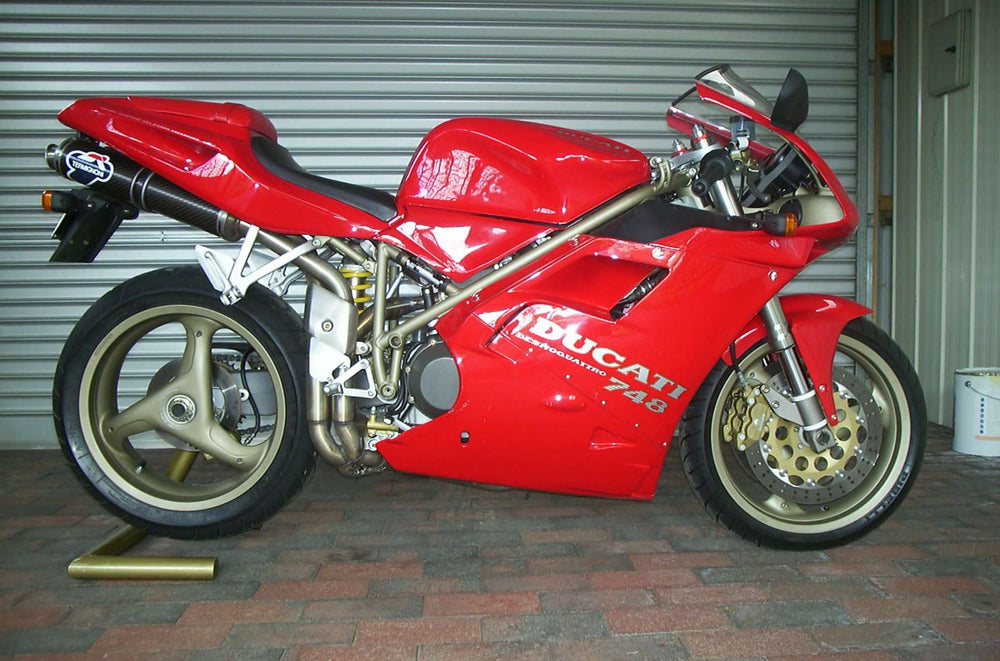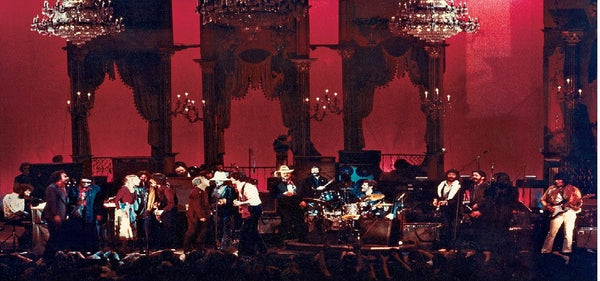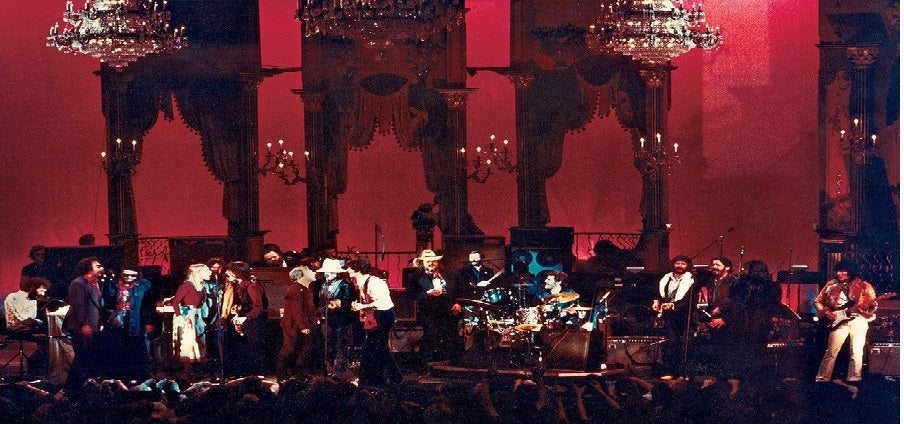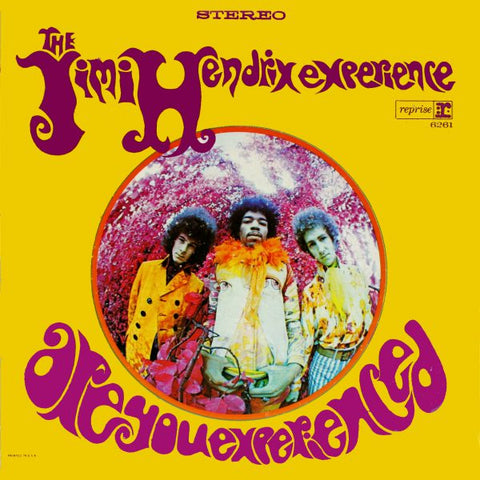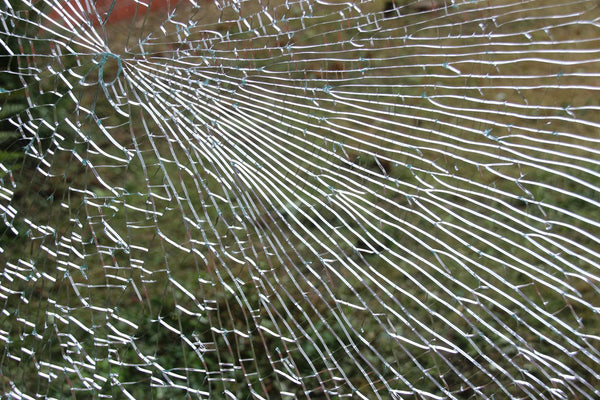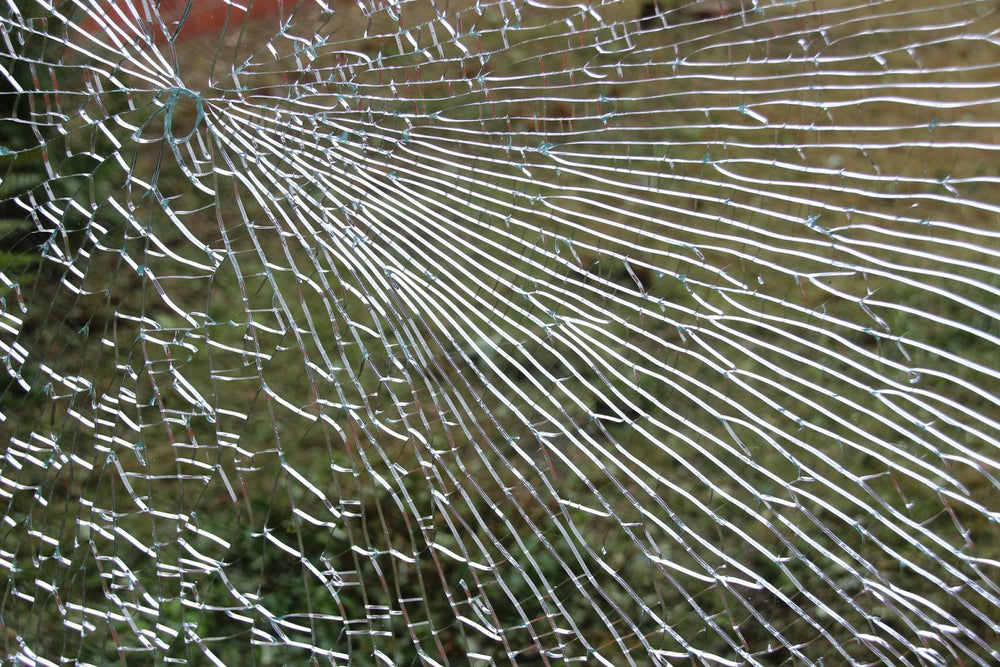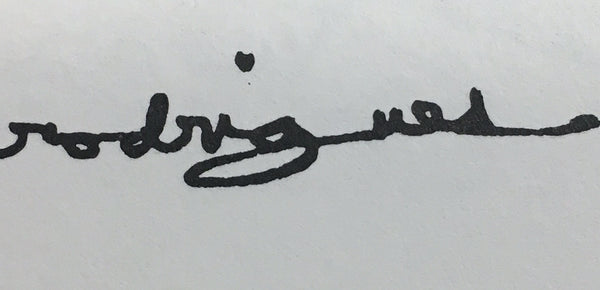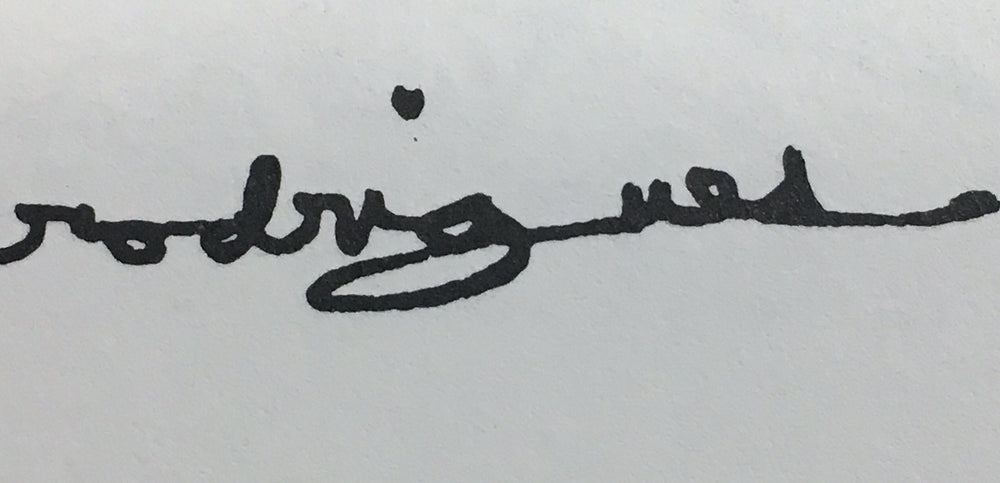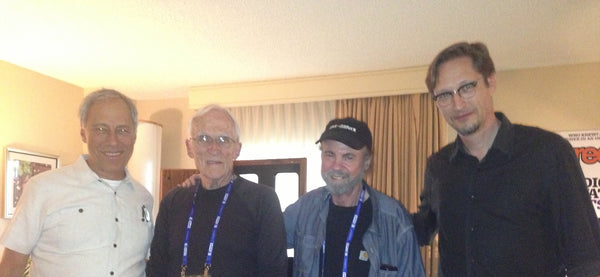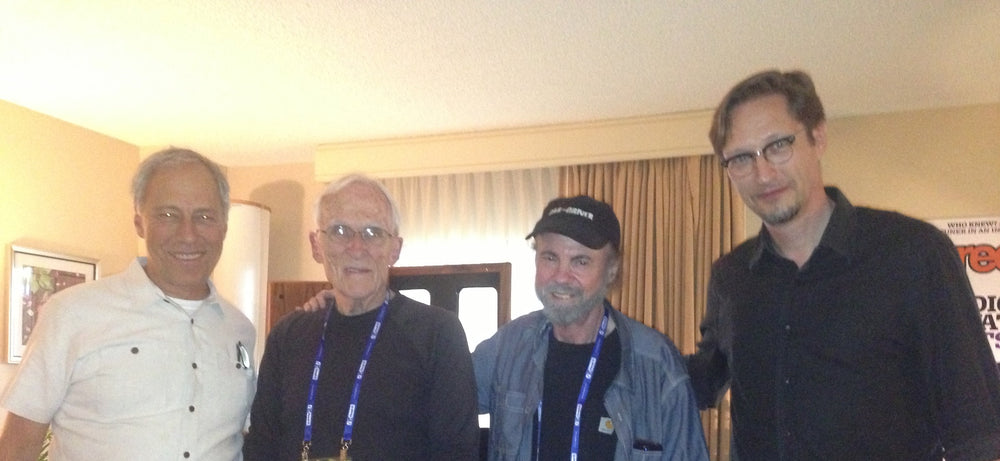The wine history of Sicily, like that of most of Italy, particularly the southernmost regions, is ancient, and colorful, replete with outrageous tales of gods –- both Greek and Roman –- frightful monsters and one still-active volcano. Couple this lore with Sicily’s own fascinating history, and you have the makings of a pot-boiler of a novel.
Consider that Sicily was ruled by the Greeks, the Romans, the Byzantines, the Arabs, the Normans, even the Holy Roman Empire. Then there were the Aragonese, the House of Savoy, the Austrian Hapsburgs, the Bourbons and finally, Italy itself, after nearly 2600 years of subjugation to other cultures. Is it any wonder then, that the modern day Sicily seems so fragmented and disjointed?
It is as though one dropped and broke a mirror into a thousand little pieces, then picked up the pieces and carelessly glued them back together, thus creating an inadvertent dichotomy between the two sides of the same mirror. Other instances of this might include the city of Palermo. Palermo, the capital of Sicily, must surely be numbered among the greatest strongholds of art and culture in the world; to the average person, it is known as the place where the Mafia originated. This dichotomy exists even within the confines of the Sicilian wine industry, where historically, Sicily was a producer of oceans of high alcohol, barely-drinkable plonk, shipped off the island to fortify (body, color and alcohol) mainland wines. With the renaissance of Mount Etna as a top-drawer wine area however, and the fast-rising profiles of new stars such as Planeta, Graci and Cusumano, and already-established superstars as Tasca d’Almerita, Donnafugata and Firriato, the age-old dichotomy surfaces again: art vs commerce, quality vs quantity. Every producer faces this, of course. Perhaps because of its, um, colorful past, Sicily has lagged a bit here, in comparison to some of the other regions. Or it has, at least, but it does so no more.
The Ubiquitous Nero d’Avola
At once, the saving angel of Sicilian wine and its curse, Nero d’Avola is indigenous to Sicily; indeed, its origins have been traced back to the far southeastern coastal town of Avola, where it has been cultivated for at least a few hundred years. The “Black of Avola”, as the name is translated, is, in terms of commercial clout, Sicily’s cash cow, and is planted virtually everywhere on the island. Ostensibly a good thing, this also means that there is a lot of Nero d’Avola planted in places that it should not be. The resulting wines are what gives Sicilian wines a less than stellar connotation to some consumers. And that’s unfortunate really, because good Nero d’Avola is a pleasing thing!
Many people liken the grape to Shiraz, no doubt because of its sometimes gaudy robe of deep purple, almost black-colored rims, and its often easy, strumpet-like appealing aromas and flavors of crushed flowers and spiced jam –- blueberry and blackberry, thank you. While this “wine-speak” is fine for lazy sommeliers and wine-shop box-jockeys, it fails to convey the full experience of the grape. Yes, the grape has some of these descriptors, but somehow they don’t do justice to the complexities the grape is capable of displaying.
For example, the grape is a marvelous blending grape. In the wine called Cerasuolo di Vittoria, Nero d’Avola is blended in roughly equal measure with a grape called Frappato. The tannic structure of the Nero lends weight, color and size to the wine, while the Frappato brings beguiling fruit, almost whimsical in nature and aromas to the wine. This is the only DOCG wine in Sicily, and one of the wine world’s best all-purpose “holiday” wines. Top Cerasuolo producers to watch for are Planeta, Arianna Occhipinti, and Cos, while top Nero producers include Gulfi (upwards of six different cru bottlings) Tasca d’Almerita and Donnafugata, whose Mille e una Notte is a reference point for the grape.
Of Gods, Monsters and Mount Etna
There is something primal about volcanoes, a sensation or a feeling writ deep within our collective gut, of something that is at once ethereal and awe-inspiring, tangible, even, yet utterly and ultimately ineffable. It might be their power: Vesuvius burying Pompeii, Krakatoa shaking the world. It might be their sheer mass: Mount Etna, for example, stands at 10,922 feet elevation and dominates the whole eastern side of Sicily. It might be a combination of the two, our awareness of their history and volatility, and the possibility that it could all happen again. Ashes to ashes…
Power, danger, beauty, peril –- Etna’s grandeur is inescapable. But something most people do not know about Mount Etna, is that Etna is a mountain of wine. In fact, the wines of Mount Etna can be, at their very best, the most refined and singular wines in all of Italy!
To best understand Etna, it is advisable to go back in time and lore, all the way to the Greeks and Romans. First and foremost, there is the tale of Hephaestus who dwelt in Etna. The son of uber-gods, Zeus and Hera, Hephaestus was born with a deformed foot, an inconvenient imperfection for which he was consigned to live under Mount Etna, where he became known as the God of Fire, or, alternatively, the God of Crafts. In either case, he became the God of Blacksmiths, or Craftsmen, and was responsible for, among other things the mighty thunderbolts of Zeus, his royal scepter, the arrows of Eros, the armor of Achilles, the chariot of Helios and even a magic chain-link net that ensnared an unfaithful Aphrodite “in flagrante delicto” with Ares. So impressed by the skills of Hephaestus, were the Romans, that they co-opted the myth of Hephaestus into their own mythology: they named him Volcanus.
Even more wild and fantastic than the myth of Hephaestus is the tale of Typhon. Typhon was the last son of Gaia, the Earth Mother and Tartarus. Typhon was also a monster, though not your ordinary run-of-the-mill monster. He was the king of all monsters, in fact. So monstrous was he, that the gods and goddesses on Mount Olympus transformed themselves into animals and went into hiding when he was around. Standing, his head was said to touch the stars; instead of fingers, he had a hundred hissing dragon heads, and where his thighs ended, two giant viper coils extended far and wide. Only Zeus, alone among the gods, stood up to him –- but only after much browbeating from Athena.
The first encounter between Zeus and Typhon ended badly for Zeus. He was captured by Typhon, immobilized, subjected to having tendons ripped out of his arms and legs. With help from Hermes and Pan, however, his tendons were recovered. After an epic battle with Typhon, Zeus won in decisive fashion by dropping a mountain atop Typhon. This was no ordinary mountain either. This was Etna! Etna lore today suggests that the rumbling, the lava flows, the more or less constant belching of fumes and gases is all attributable to one very large, very pissed-off Typhon, still trapped under Etna.
Back-breaking and Expensive
Mount Etna, Europe’s most active and tallest volcano has a lineage going back thousands of years, and virtually all of the vineyards on Etna were dictated by the direction of and stopping point of the lava flows, that have occurred over the centuries. These places are special because of the concentration of minerals in the soil and the sheer richness and fertility of the corresponding volcanic soil, which in more recent eruptions –- the last 600-1000 years, say –- results in a soil laden with black or red pumice, usually marked with small rocks and stones in the vineyard top-soils. As the volcanic soils decompose, they shift more to a fine black sandy soil.
No matter the top-soil, the one constant involved with claiming these vineyards is back-breaking excavation of, and extrication of the black lava that permeates the Etna landscape. It is everywhere and one does not try to become an Etna winemaker on a lark or whim. These lava rocks, true monoliths, are sometimes as large as twenty feet in height and six feet across –- a huge and expensive undertaking to remove them. This brings to mind the old chestnut in the wine industry: How do you make a small fortune in the wine business? You start with a large fortune! [Hmmm—sounds a lot like the audio biz! —Ed.]
Just Three Grapes to Know
There are three grapes to remember about Etna, and two of them are red. The lone white grape to know. Carricante, is indigenous to Etna, not grown anywhere outside of Etna, with the exception of a solo nut job in California.
Carricante is a strongly-flavored wine, tight-lipped, and typically unforgiving in its youth. It is characterized by a strong sense of minerality, and sensations of fresh flower scents and citrus fruits that will one day emerge. The vineyards of Milo, a small picturesque little town on Mount Etna’s southern slopes produce a Carricante of exceptional clarity and authority, wines marked by a salinity from the sea nearby. Not surprisingly these wines are allowed the opportunity to be labeled as Etna Bianco Superiore and are allowed an extra degree of alcohol in the finished wine.
Given time in the bottle, Carricante can blossom into deep, gold-colored, profoundly complex expressions of Etna terroir. Among the top producers to seek out, Benanti Pietramarina is the greatest producer. Other dazzling bottles come from Pietradolce, Alberto Graci, Tenuta di Fessina and Ciro Biondi.
A Tale of Two Reds
Two reds are all one needs to know about Etna, and they both begin with Nerello: Nerello Mascalese and Nerello Cappucchio. By far the greater of the two, the Nerello Mascalese, named after the nearby Plain of Mascali, is capable of producing the most graceful, the most elegant, the most Burgundian-styled wine in all of Italy. Some examples I have encountered over the years have reminded me much of a Premier Cru Burgundy, and on a few special occasions have crossed the line into full-fledged Grand Cru Clos Saint Denis (Domaine Dujac) territory. That’s considerable power aligned with grace and complexity, what used to be called a “velvet fist in an iron glove.” And that’s what Nerello Mascalese can achieve.
Nerello Cappucchio, allowed in blends with the Mascalese, derives its name from its characteristic hood-shaped clusters of grapes, that were said to resemble the hoods of the Cappucchin monks of old. It is a rounder, plumper style of wine than Nerello Macalese, lower in acidity and not possessing its profoundly deep cherry and spice aromas and flavors. At its best, however, in the hands of a skilled producer such as Benanti, it can be a delicious quaffer, a patio wine par excellence, a good holiday table choice.



